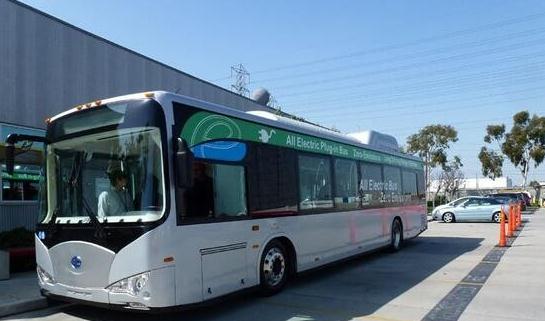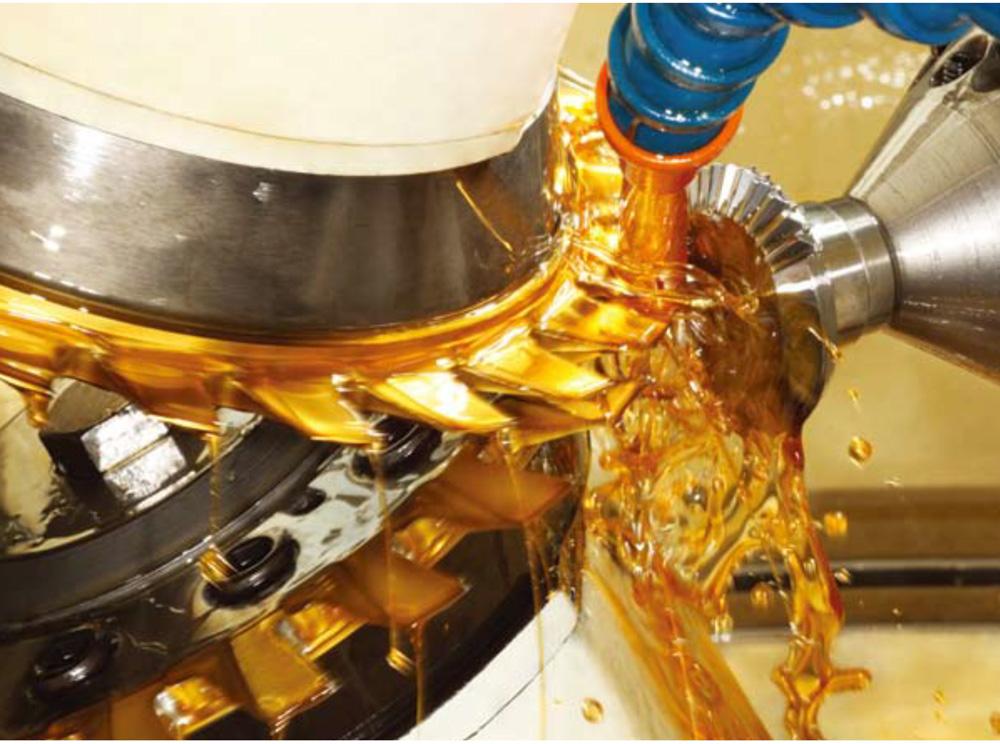Recently, the General Administration of Customs released the 2017 version of the "Coordination of Trade Names and Coding System" (hereinafter referred to as the "Coordination System"). One of the differences between the "Coordination System" and the 2012 edition is that the new energy vehicles and other commodities are listed separately for the first time. Classification, that is, in international trade, gave a new energy vehicle a unified international identity. This will give China's new energy vehicles a more favorable development environment in international trade in the future, eliminating many unnecessary troubles.

According to data from the China Association of Automobile Manufacturers (hereinafter referred to as "China Automobile Association"), in 2016 China's new energy vehicles sold a total of 507,000 vehicles. If 2015 is regarded as the first year of the explosive growth of China's new energy vehicles, then 2016 is the year of transformation and development of the industry. As an important development strategy of China's automobile industry, new energy vehicles are expected to show more rapid growth in the coming years. . Although the current number of new energy vehicles in China is limited, the introduction of the new version of the "Coordination System" is a rainy day, and it has laid a "pre-war" for the large-scale export of new energy vehicles.
Break statistics, hinder trade <br> <br> learned that the "Harmonized System" is to determine the types of goods in international trade name, tax even the most fundamental basis of taxation, which is equivalent identification code for all commodities, currently use the "coordination system in the world The countries and regions covered by the magazine cover 98% of the total international trade. In 1992, China formally joined the Convention on Harmonization, and this time the purely electric passenger motor vehicles and pure electric vehicles are mainly used for manned motor vehicles, pure electric bicycles and motorcycles. The "World Customs Organization" "Coordination System" has revised one of the important achievements in the review cycle.
Why do we need to classify new energy vehicles separately? According to the relevant person in charge of the General Administration of Customs, prior to this, there are certain differences in the management, classification, taxation, etc. of new energy vehicles in the countries of the world. This is for enterprises engaged in related industries. Bring a lot of unnecessary trouble, through the revision of the "coordination system" can effectively break the trade barriers, in the international market to implement a unified classification of goods.
In addition, in addition to removing trade barriers, statistics can also be broken. "In the past, due to the lack of a separate commodity tax code, China's new energy vehicles and low-speed electric vehicles were jointly attributed to the 'unlisted' category in the customs export statistics." China Council for the Promotion of International Trade (hereinafter referred to as "CCPIT") Automotive Industry Huang Liming, deputy director of the branch's trade and technology department, told the reporter that as a result, it has been difficult for China's relevant departments to carry out statistics on the number of new energy vehicle exports and formulate corresponding policies.
In response, Zhang Jianping, director of the Regional Research Center of the Ministry of Commerce, said in an interview that the separate listing of new energy vehicles will help China's new energy vehicles break through international trade barriers and win more space for related products to compete in the international market. He believes that China's new energy vehicles are expected to usher in a more favorable development environment in international trade, and will also receive support and assistance from relevant government departments in the fields of tariffs and other areas.
The export of new energy vehicles is expected to receive more support . "The implementation of the new "Coordinated System" will have two major positive impacts on the export of new energy vehicles in China," said Bai Ming, deputy director of the International Market Research Institute of the Institute of International Trade and Economic Cooperation of the Ministry of Commerce. “First of all, the export statistics of the customs will clearly count the total export volume of new energy vehicles to facilitate the introduction of targeted policies. Second, when conducting international trade negotiations, it is more difficult to require all export destination countries to liberalize the auto industry. Taking a new energy vehicle as a breakthrough alone will make it easier to make progress in negotiations."
Huang Liming revealed that China's promotion of the "coordination system" during the revision process, fully reflects the attention and attention to the new energy automotive industry, part of the import and export volume is far greater than the new energy vehicle's goods have not obtained an exclusive tax number. Therefore, Zhang Jianping proposed that with the implementation of the 2017 version of the "Coordination System," China's new energy vehicle exports may be expected to receive stronger policy support than traditional fuel vehicles.
In addition, new energy vehicles in 2017 are expected to usher in the "spring breeze" of exports together with traditional fuel vehicles. Assistant Secretary-General Xu Haidong of the China Automobile Industry Association recently stated that although the consumer power of China’s auto export’s main destination country has been affected by the economic downturn since 2012, the basic auto consumption demand is still in progress, and the current global economy has picked up slightly. The signs, coupled with the increasing competitiveness of China's auto products year after year, China's auto exports are expected to stop falling this year and are expected to increase by 5% year-on-year. However, the product quality and performance of China's new energy vehicles are far lower than the foreign advanced level compared with traditional fuel vehicles, and therefore the competitiveness in the international arena is also stronger.
Car prices should seize the opportunity to actively layout <br> <br> It is estimated CCPIT, 2016, China's new energy automobile imports about 1 million vehicles, an increase of 2.6 times, while the total amount of China's new energy auto exports should be less than The above figures. However, with the various benefits brought about by the 2017 version of the "Harmonized System," and the gradual improvement of the export market, the total export of new energy vehicles in China is expected to continue to increase.
In Zhang Jianping’s view, new energy vehicles will be the first to be used in the export sector, but it will be the new energy passenger vehicle that will eventually become the main force. In this regard, Chinese auto companies should take the initiative to seize the policy and bring Opportunities continue to improve product quality to meet the more stringent technical standards and testing requirements of developed countries.
In addition, Huang Liming emphasized that for China's new energy vehicles that are still winning with a cost-effective ratio, the choice of export destination countries should pay attention to the matching of infrastructure facilities and market demand as the dominant factor.
To this end, Bai Ming suggested that new energy auto companies with an economic foundation can actively help exporting countries build infrastructure such as charging piles and truly integrate into the construction of each other’s public networks.
In addition, Bai Ming stated that at present, some of China's new energy auto companies are actively participating in the government procurement plan of the exporting country when exporting. This practice is worthy of recognition. He also stressed that new energy auto companies should pay attention to studying the relevant policies of exporting countries, while countries with higher environmental protection requirements or countries that urgently need to get rid of oil import dependence are the priority targets for exports.
Industrial Auxiliary Materials:
According to their intended functions, auxiliary materials can be divided into the following eight groups:
(1) Materials that donot constitute the main substance of output and are added to the basic materials to impart specified properties to thefinished product (for example, varnish and paint);
(2) Materials that are needed to directly affect basic materials;
(3) Material used to service equipment and premises (for example, lubricating or cleaning materials);
(4) Materials for equipment repairand building maintenance;
(5) Materials used for the needs of the workers (for example, overalls);
(6) Materials related totransport within the plant;
(7) Materials used in supply and marketing (for example, packing materials); and
(8) Administrative materials (for example, office supplies).
What VESTA supply for you?
We have a good relationship with local manufacturers of auxiliary sub-supplier, like Cutting Oil,Cleaning Agent, SMED Quick die-change system,bearing part,Toolings And Fixtures,etc.
The timely provision of auxiliary materials to enterprises is of great importance for the production process. A strict rationing,planning, and control of use is necessary, as is establishment within the enterprises of a clearcut order of supply to allenterprise subdivisions.

Industrial Auxiliary Materials
Industrial Auxiliary Materials,Industrial Materials,Indirect Industrial Materials,Auxiliary Materials
VESTA Motoring Ltd , https://www.vesta-industry.com